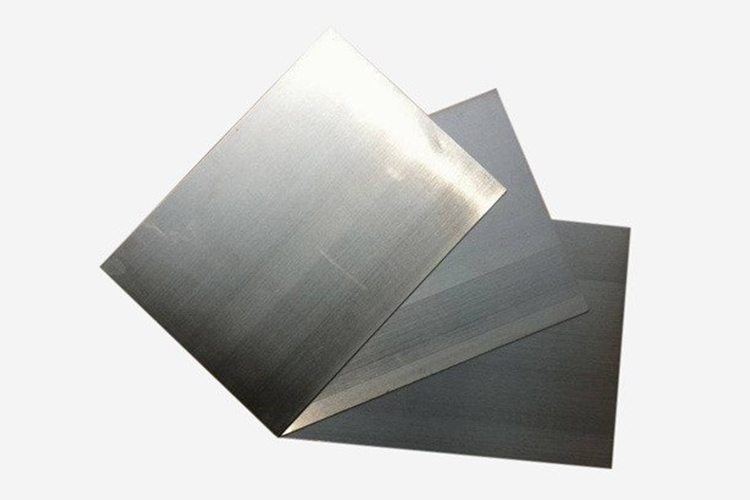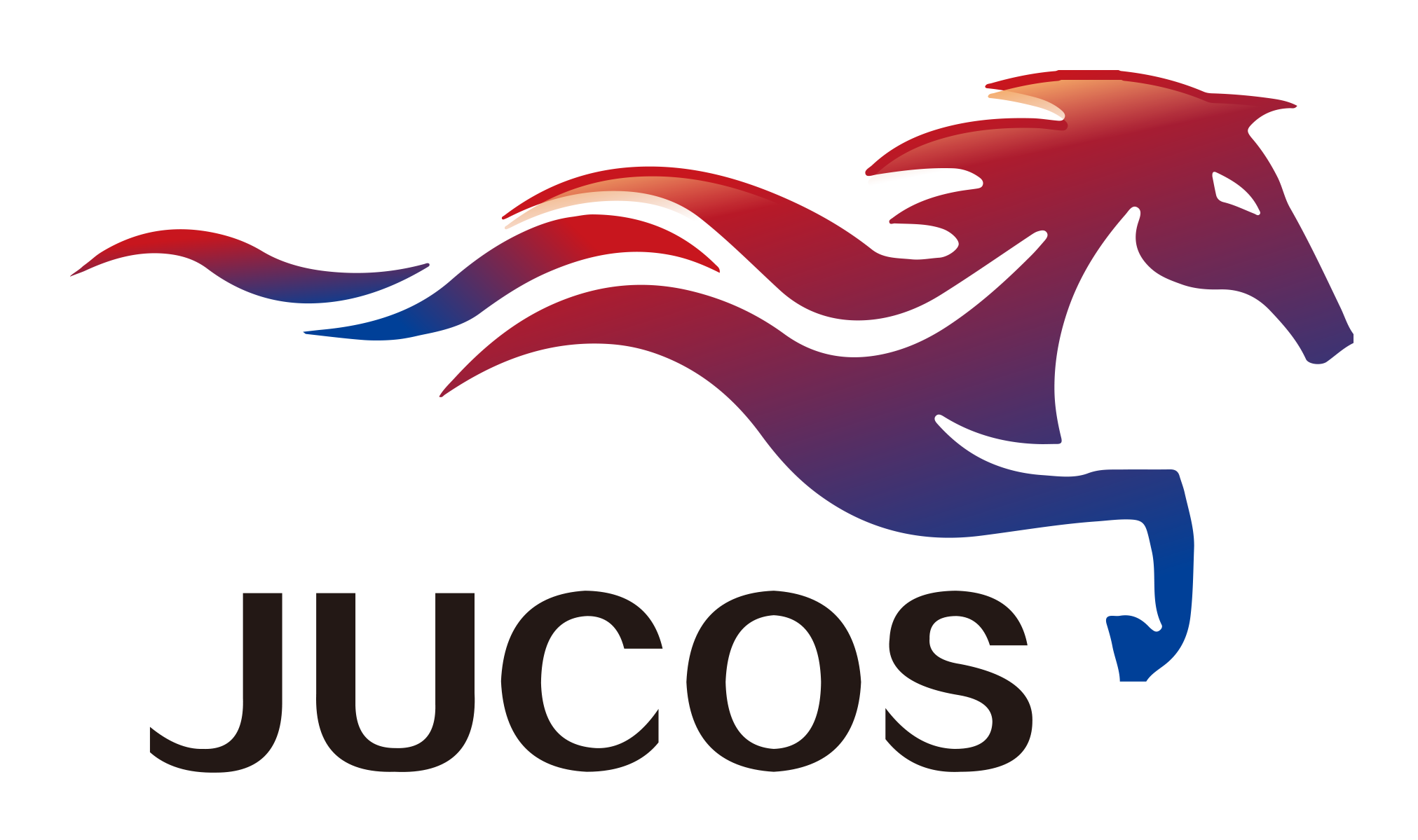Points that should be paid attention to when welding magnesium alloy sheet

When welding magnesium alloy plates, there are several aspects that should be paid attention to ensure a successful and safe welding process. Here are some key considerations:
Material selection: Choose the appropriate magnesium alloy for the specific application and ensure it is compatible with the welding process you plan to use. Different alloys have varying welding characteristics, so understanding the specific alloy's properties is essential.
Cleanliness: Properly clean the magnesium alloy plates before welding to remove any dirt, oil, grease, or other contaminants. Magnesium is highly reactive and can easily oxidize, so a clean surface is crucial to achieve good weld quality.
Shielding gas: Magnesium is sensitive to oxidation, so shielding gas is essential to protect the weld from reacting with atmospheric oxygen. Typically, an inert gas, such as argon, is used as a shielding gas during welding to create a protective atmosphere.
Preheating: Preheating the magnesium alloy plates can help reduce the cooling rate and minimize the risk of cracking. Preheating should be done carefully and within the recommended temperature range specified by the alloy manufacturer.
Welding technique: Magnesium alloys are generally welded using Tungsten Inert Gas (TIG) welding or Laser Beam Welding (LBW) processes. These techniques provide precise control over the heat input and minimize the risk of overheating the material.
Welding parameters: Optimize the welding parameters, including the welding current, voltage, travel speed, and filler material, based on the specific magnesium alloy being welded. These parameters may vary depending on the thickness and composition of the plates.
Joint design: Ensure proper joint design to promote adequate penetration and minimize the risk of defects. Consider factors such as joint type, bevel angle, and fit-up to achieve strong and sound welds.
Post-weld treatment: After welding, it is crucial to perform appropriate post-weld treatments to relieve residual stresses. Processes like stress relief annealing or heat treatment can help reduce the risk of cracking and improve the mechanical properties of the weld.
Safety precautions: Magnesium is highly flammable and poses fire hazards, so it's crucial to follow strict safety protocols. Ensure proper ventilation, use fire-resistant shielding materials, and have suitable fire extinguishing equipment nearby when working with magnesium alloys.
Welder expertise: Welding magnesium alloys requires specific knowledge and experience. It's important to have a skilled and qualified welder who understands the unique characteristics of magnesium and is trained in the proper welding techniques.











